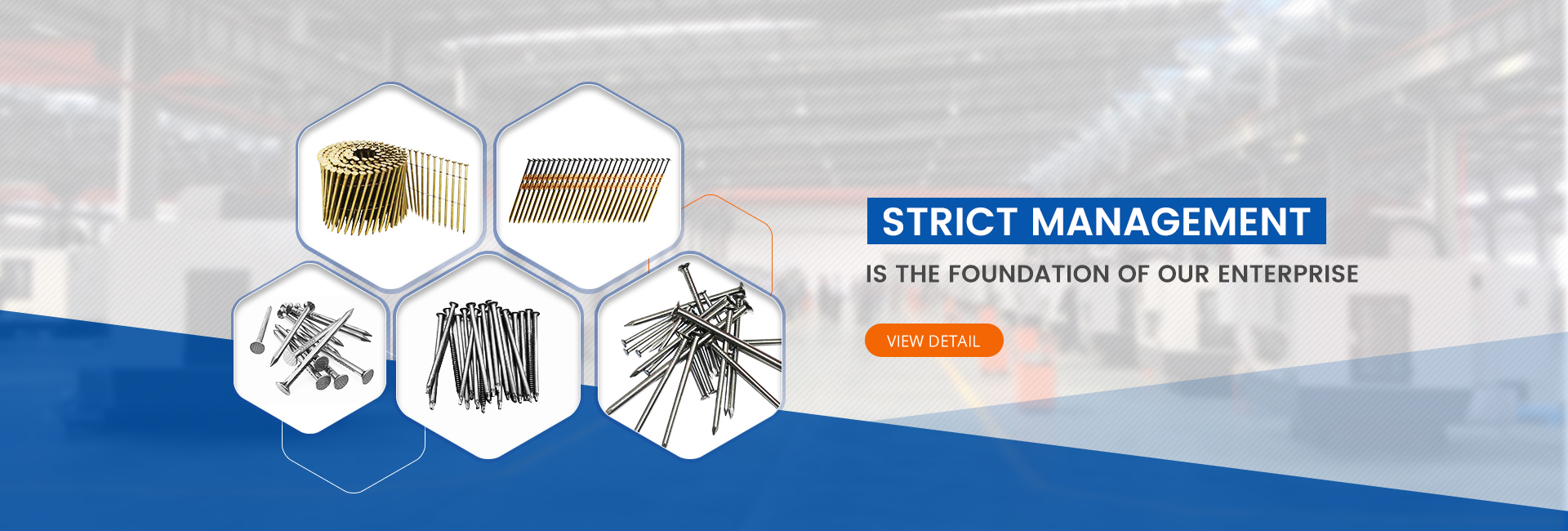In the world of fastening, surface design isn’t just about aesthetics—it determines grip strength, holding power, and where a nail can be best applied. Ring shank nails and screw shank nails are two of the most common types used in construction and woodworking. This article explores their key differences in design, performance, applications, and manufacturing.
Ring shank nails feature a series of concentric rings along the shaft, increasing friction between the nail and wood. These ridges are uniform and allow for quick driving into the material.
Screw shank nails, on the other hand, have spiral threads like screws. These threads “turn” into the wood during driving, enhancing withdrawal resistance through a screw-like engagement.
Generally, screw shank nails offer higher withdrawal resistance than ring shank nails, making them ideal for applications where maximum grip is required—like pallet decks or structural framing. Ring shank nails provide solid holding power without excessive damage to wood fibers, suitable for moderate-load applications such as furniture or framing.
Studies show that screw shank nails can deliver up to three times the holding strength of smooth nails, while ring shank nails offer around twice the grip.
Due to their structural design, screw shank nails perform better under tension and vibration. In contrast, ring shank nails are often preferred in fast-paced construction environments, where speed and tool longevity are priorities.
The threading process differs significantly. Ring shank nails are usually formed through high-speed roller pressing, ideal for mass production. Screw shank nails require precise thread rolling to maintain consistent spirals, demanding greater control during manufacturing.
Whether to use ring shank or screw shank nails depends on your project’s needs:
For maximum grip and vibration resistance, go with screw shank nails.
For speed and efficiency, ring shank nails are often the better choice.
At UNION, we manufacture both ring and screw shank nails in various sizes and finishes—ready to support everything from furniture to heavy-duty construction. Feel free to reach out for more details.
Post time: May-29-2025



